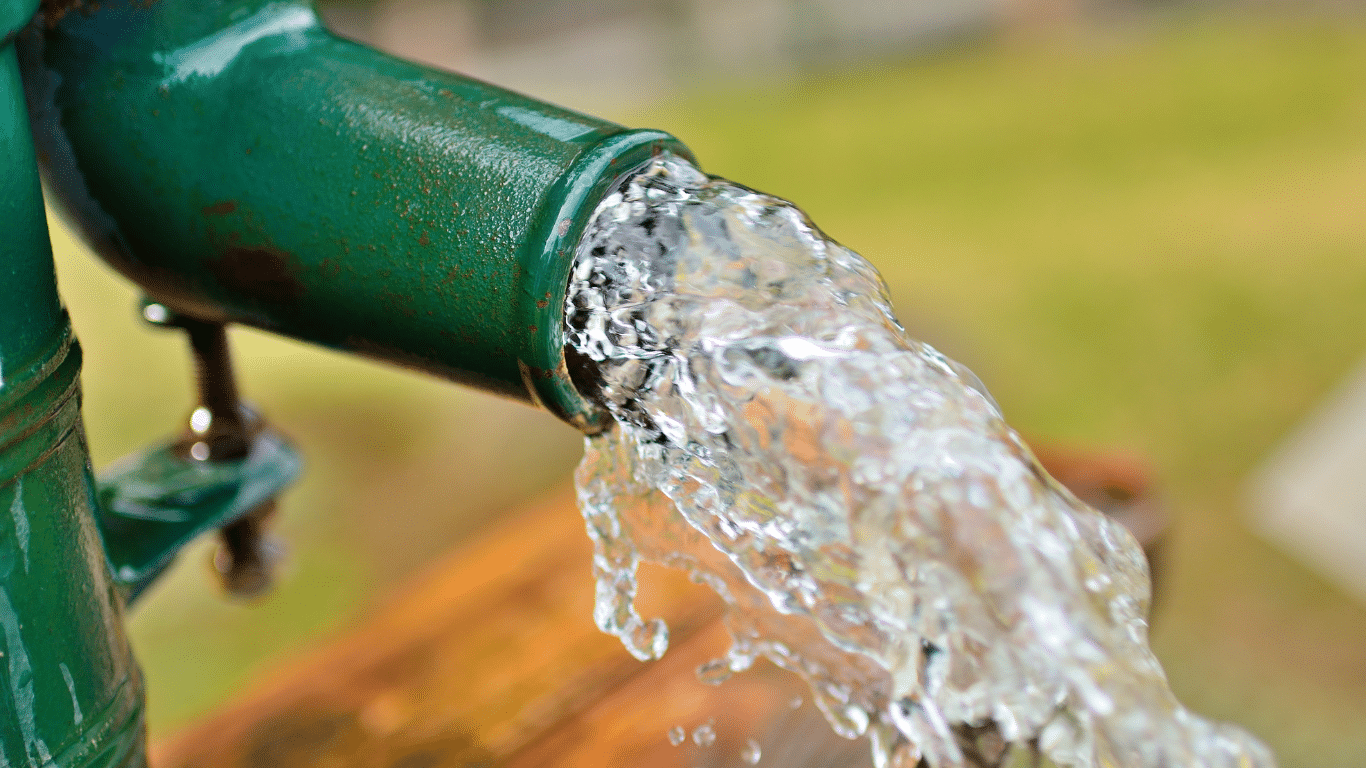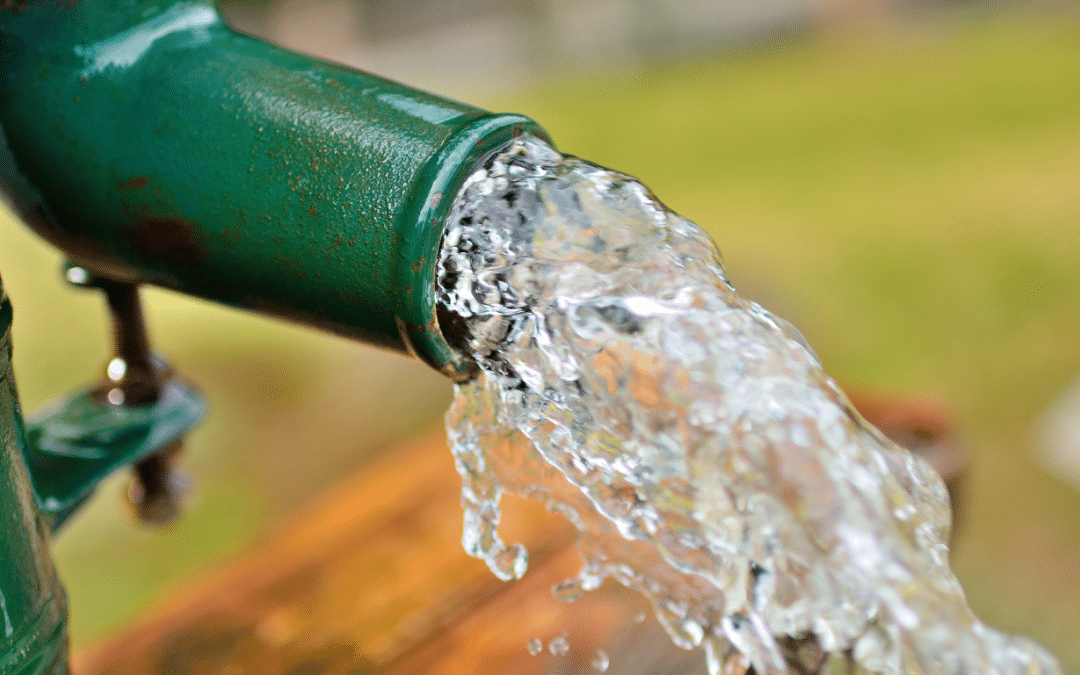How to Find A Water Well: The Ultimate Guide

Are you staring at a vast expanse of land, wondering where the life-giving water might be hidden beneath? You’re not alone.
Whether you’re a property owner hoping to break free from the municipal water supply, a well driller in search of the best location, or a survival enthusiast aiming to be prepared for anything, locating a water well can feel like finding a needle in a haystack. The pain of uncertainty, the fear of digging multiple wells without hitting paydirt, and the pressure to provide a sustainable water supply make this a daunting task.
So how are we able to know where to find a water well? It depends on the characteristics of the land, identifying aquifers, understanding whether there have been previous drilling efforts in the vicinity, and grasping the general principles of groundwater movement.
How Do We Know Where to Drill a Well?
Understanding the Characteristics of the Land
When determining the best place to drill a well, a good starting point is to understand the characteristics of the land on your property. Are there large rocks or a thick layer of gravel beneath the surface? Do you find more soil than sand, or vice versa? These are the kinds of questions to keep in mind.
Typically, groundwater flows through porous materials like sand and gravel. These materials indicate a higher likelihood of hitting the water when drilling. Also, pay attention to surface runoff patterns after heavy rain. Areas where water collects, may be over an aquifer. However, be mindful of potential contaminants if the water pools near animal pens or industrial facilities.
Assessing the Characteristics of Rocks
Not all rocks are created equal when it comes to finding water. Some rocks, mainly sedimentary rocks like sandstone and limestone, can hold significant amounts of water. The presence of such rocks can be a good sign that you have found a potential well location.
On the other hand, impermeable rocks like granite or clay are less likely to yield a productive well. It is also important to understand that water quality can vary depending on the rocks it flows through. For instance, water flowing through limestone could have high mineral content, affecting water quality.
Interpreting Results from Previous Drilling
If there have been previous drilling efforts in your area, their results can offer valuable insights. Look for records of drilled wells or older wells. These records can provide information about the depth at which water was found, the yield of the well, and the groundwater quality.
Similarly, if there were unsuccessful attempts, understanding why they failed can help you avoid similar pitfalls. Perhaps the well was not deep enough or drilled in a location with insufficient groundwater. Learn from these past efforts to increase your chances of success.
Known Principles of Groundwater Movement
A basic understanding of how groundwater moves can go a long way in helping you find a well site. Groundwater moves from areas of high pressure (such as hills) to areas of low pressure (such as valleys). This means that the water table, the surface where the groundwater zone begins, is usually higher in valleys and lower on hills.
Confined aquifers, which are sandwiched between layers of impermeable material, can be under pressure and may offer a good supply of water. However, accessing such aquifers often requires drilling deeper, which means a higher cost and a more complex pump system.
How Do You Find Underground Water With a Stick?
You might have heard stories about people finding water using only a stick or a pair of wires. This practice, often known as “water witching” or dowsing has existed for centuries. The theory goes that these tools, in the hands of someone with a particular sensitivity, can detect the presence of underground water.
Traditionally, the dowser holds a Y-shaped stick (usually from a willow tree) or a pair of L-shaped rods and walks slowly over the property where they want to locate a well site. The belief is that the stick or rods will move or cross when they pass over a water source.
Proponents of dowsing claim that it works by tapping into unseen energies or vibrations in the earth. They suggest that underground water flows can affect the stick or rods, causing them to move. Some even say that dowsing can help determine the water table’s depth, flow, and the best place to dig.
However, it’s essential to approach this method with a healthy dose of skepticism. While there are many anecdotal stories of successful water witching, scientific evidence supporting this practice is lacking.
Can You Dig a Well Anywhere and Find Water?
Digging a well just about anywhere and striking water might seem appealing, but the reality is much more complex. Groundwater, which is stored and moves through spaces in soil, sand, and rock, isn’t evenly distributed. It’s held in aquifers, and the water table, where the ground is saturated with water, varies greatly. It may be close to the surface in some areas but hundreds of feet deep in others.
The location of your well matters significantly. You must avoid potential contamination sources like septic systems, chemical storage areas, and drainage fields. Digging near these places could lead to a well filled with water unfit for consumption. The deepness of your well also plays a key role. The water table’s depth in your area will dictate how far you need to dig or drill, with deeper wells requiring more resources and potentially more complex pump systems.
However, it’s not just about finding water; it’s about finding clean, safe water. Ground water can sometimes contain contaminants like bacteria and chemicals, making it unsafe for drinking. Thorough testing is crucial before using this water for public or private use.
Furthermore, it would be best if you considered the legal aspects. Many areas have regulations and require permits for well drilling, including restrictions on the well’s location on your property. Always check with local authorities before commencing any drilling or digging.
How Do You Know How Deep to Drill a Water Well?
Determining how deep to drill a water well can be a complex process, and it’s often not as simple as just picking a number. The depth of your well will largely depend on the geological characteristics of your property and the location of the water table, which is the level beneath the ground that is saturated with water.
One of the primary factors determining a well’s depth is the location of sufficient groundwater. The deepness of this point can vary greatly depending on the site, ranging from only a few feet to several hundred feet beneath the surface.
Similarly, the well casing, the tube that lines the well hole and prevents contamination from entering the well, must be set deep enough to avoid polluted surface water from seeping into your water supply.
It’s important to note that while most wells for private use are between 100 to 500 feet deep, the deepness can vary significantly based on the factors above. Therefore, it’s crucial to work with a professional well drilling service that can conduct a thorough site assessment and make informed recommendations about the best depth for your well.
Wrapping Up
Locating and drilling a water well is more than just a quest for water; it’s a journey to access a clean, safe, and sustainable water supply. From understanding the nuances of your property’s geological makeup to carefully considering potential contamination sources, each step plays a crucial role. And while it can seem daunting, remember, you’re not alone on this journey.
At WildHeron Drilling, we’re committed to helping you navigate these complexities. Our expertise in assessing the water table, soil, rock, and general site ensures that we determine the optimal well site, considering the long-run benefits for you and your property. We understand the risks of contamination from sources like septic fields and meticulously ensure your well water remains uncontaminated.
We bring professional knowledge to ensure optimal water pressure and that the well casing, like the steel casing, is appropriately installed. Whether for a public supply or private wells, we’re equipped to handle it all, ensuring you have enough water to meet your needs.
So, as you contemplate where to locate or how determine a water well on your property, let us be your trusted guide. We invite you to contact WildHeron Drilling and experience the peace of mind from partnering with professionals committed to delivering clean, sustainable water solutions. Let’s together turn your water well vision into a reality.

